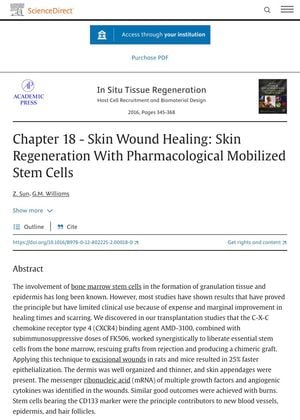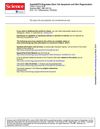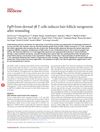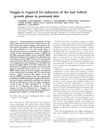Skin Wound Healing: Role of Bone Marrow Stem Cells in Regeneration
January 2016
in “
Elsevier eBooks
”

TLDR Using a specific binding agent and low doses of FK506 can stimulate stem cells, speeding up skin healing by 25% and improving skin quality in rats and mice.
The 2015 study "Skin Wound Healing" explored the role of bone marrow stem cells in wound healing and skin regeneration. The researchers found that the combination of the C-X-C chemokine receptor type 4 (CXCR4) binding agent AMD-3100 and subimmunosuppressive doses of FK506 could stimulate the release of essential stem cells from the bone marrow, aiding in graft survival and creating a chimeric graft. This method, when applied to excisional wounds in rats and mice, resulted in 25% faster skin healing, with a well-organized and thinner dermis, and the presence of skin appendages. The study also identified the presence of multiple growth factors and angiogenic cytokines in the wounds. Stem cells bearing the CD133 marker were found to be the main contributors to the formation of new blood vessels, epidermis, and hair follicles. The same positive outcomes were observed in burn wounds.



